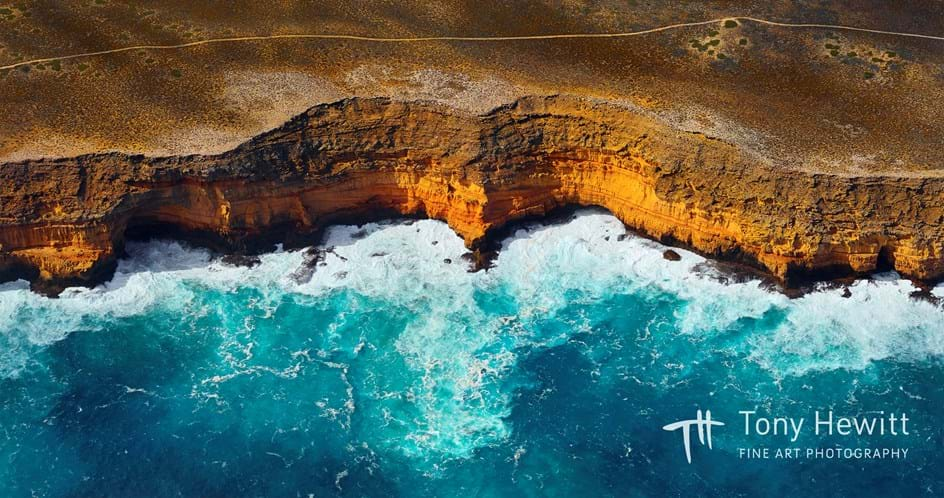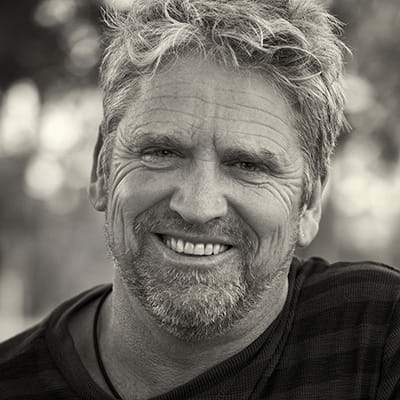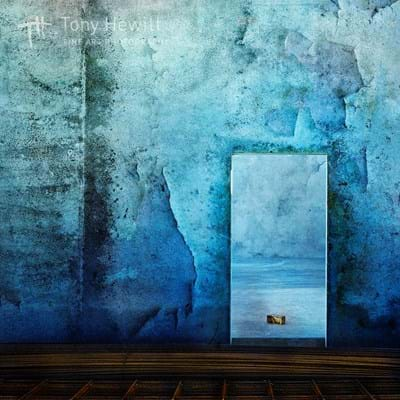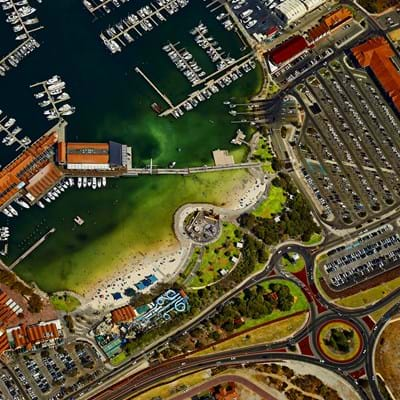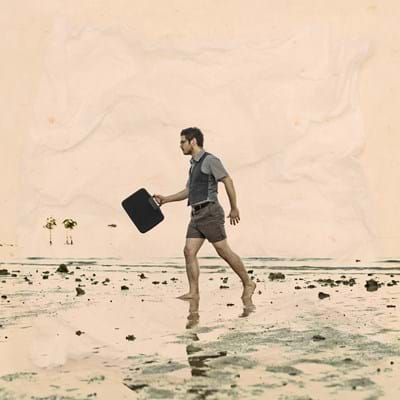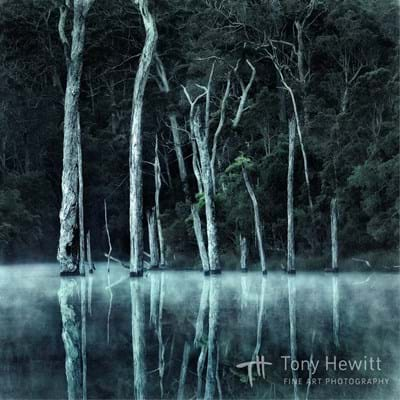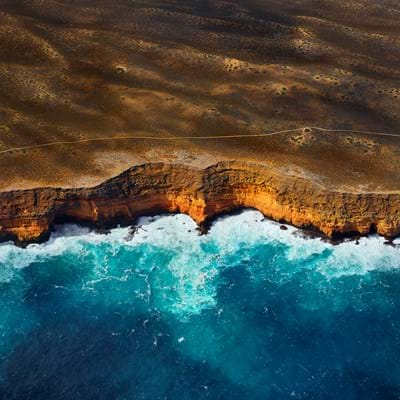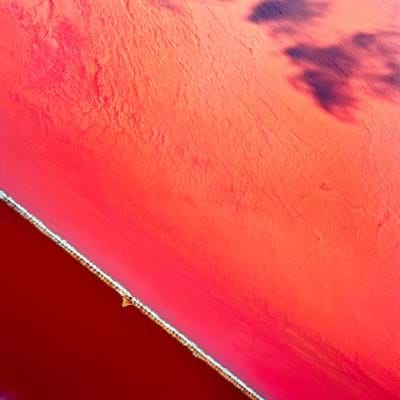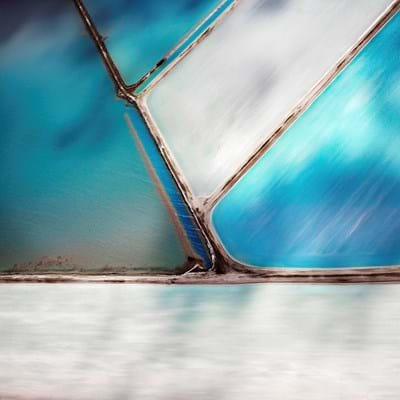Tony Hewitt is no stranger to the photography world. AIPP's (Australian Institute of Professional Photography) "Grand Master of Photography", Tony shoots with a compelling style and his work has garnered legions of enthusiasts and professionals following in his footsteps.
When we sat down for a chat with him, in his usual humble demeanor, Tony mentioned he started selling high-end audio equipment before becoming a wedding and portrait photographer. However, his passion for photography took him on a journey that he hadn't anticipated in his wildest dreams.
Years of learning and trial and error have resulted in some of the best aerial landscapes of Western Australia’s changing coastline the world has ever seen.
“Beautiful”, “awe-inspiring” and “stunning” are a just a few words often heard in relation to Tony’s work.
In an attempt to bring his wisdom and learning to photography enthusiasts and hobbyists, we picked his brain on the basics that lay the foundation for an amazing career in photography.
What is a common mistake you see hobbyist photographers make when shooting and what can they do to fix it?
I’ve seen many photographers who are starting out, hold their camera by hand when capturing in low light and having inadequate shutter speed. The solution is simple yet effective - use a tripod.
What are the most important pieces of equipment a hobbyist photographer should get in your genre of photography?
Don’t cut corners when purchasing a camera. Go for the best option you can afford. And, a good tripod.
Is there a piece of equipment that many hobbyist photographers own which you think is not necessary unless they decide to become professional?
I’ve noticed that many photographers starting out tend to fork over a lot of money to purchase the latest camera but settle for an entry or mid-level lens. This defeats the purpose of the camera. I’d urge you to avoid this mismatch.
What should hobbyist photographers who plan to print their photos do to prepare for the early stages of the workflow?
Always, always, capture photographs in the largest colour space, and avoid shooting in sRGB.
In what ways can a good monitor improve your work?
A good monitor is one that can give clear feedback during post-production, leaving no discrepancies between the image I captured and the final print.


